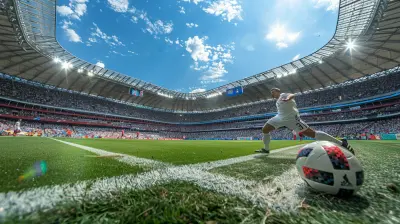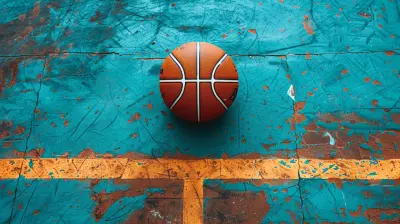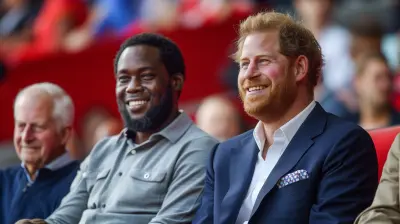The Role of Mental Imagery in Recovery from Sports Injuries
11 June 2025
Let’s face it—injuries suck. Whether it's a sprained ankle, torn ligament, or stress fracture, getting sidelined can feel like a kick in the gut for any athlete. You train hard, push your limits, and boom—one awkward move and you're stuck watching from the sidelines.
But here's the silver lining most people overlook: your brain doesn’t have a cast. Even while your body takes a break, your mind can still train. That’s where mental imagery comes into play.
In this article, we’re diving deep into the role of mental imagery in recovery from sports injuries. We’ll look at how and why visualizing movement can speed up healing, boost confidence, and keep you mentally in the game.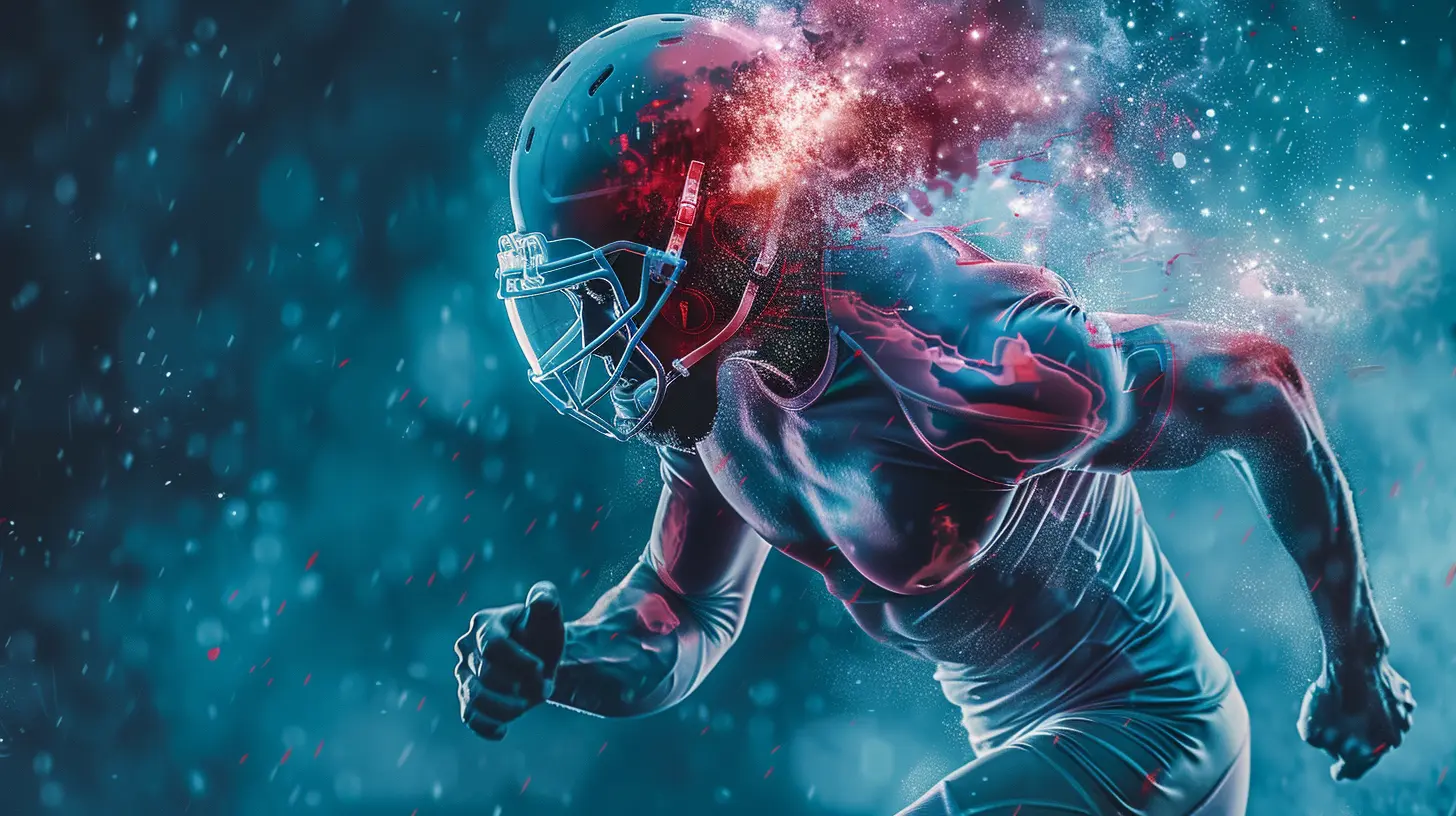
What Is Mental Imagery, Anyway?
Let’s break it down. Mental imagery—also called visualization—is when you create or recreate experiences in your mind using your senses. It can involve imagining sights, sounds, movements, and even how something feels physically or emotionally.Athletes use it all the time to prep for games. Think of a gymnast mentally running through their routine before stepping onto the mat. Or a sprinter "seeing" themselves explode off the starting blocks.
Now here’s the kicker—this mental magic isn’t just for performance. It’s a powerful tool in recovery, too.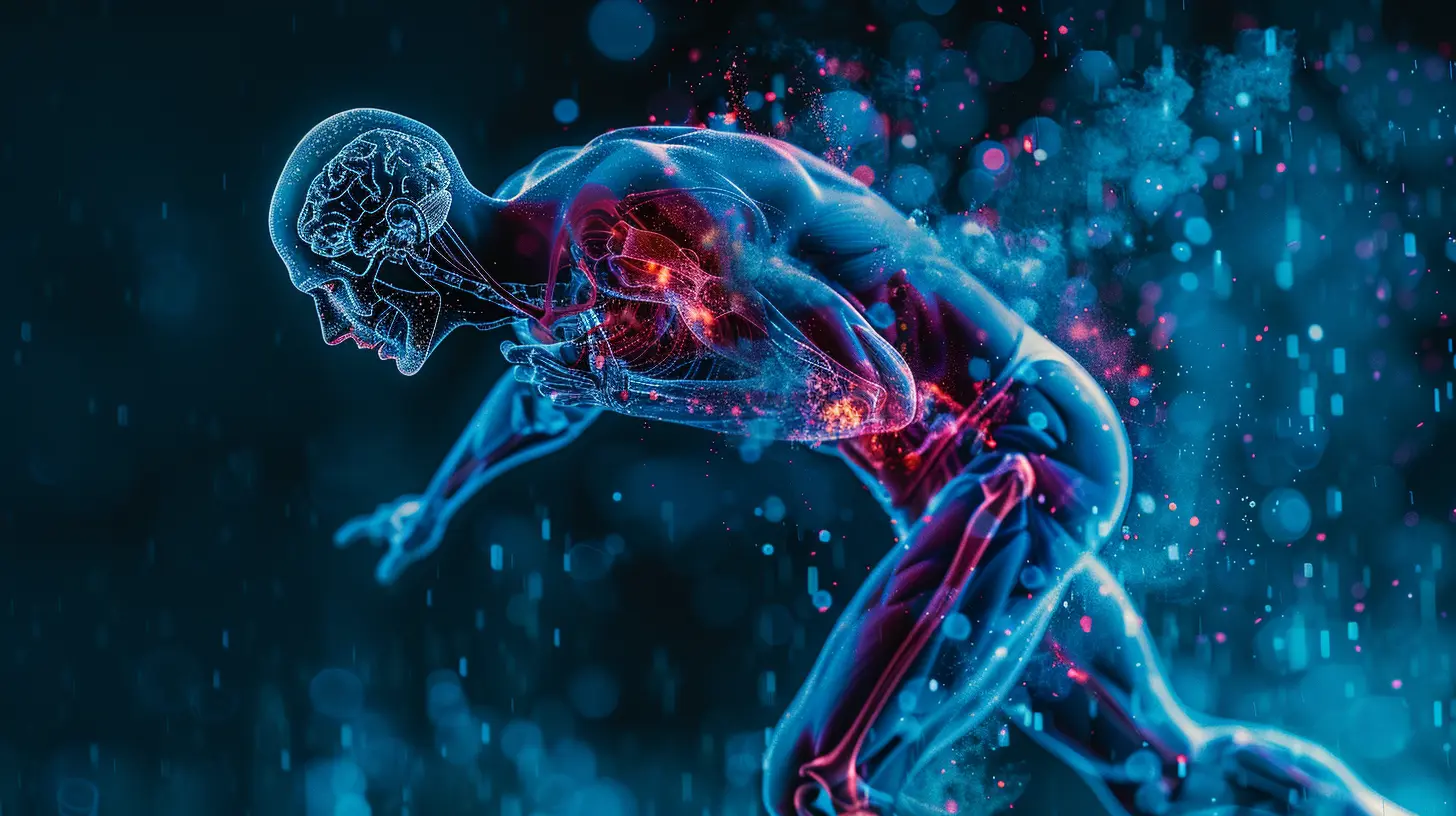
Mental Imagery: The Brain-Body Connection
Here’s something wild: Your brain struggles to tell the difference between something you’re doing and something you’re vividly imagining.When you mentally rehearse a movement, the same areas of the brain light up as when you actually do it. That means visualizing rehabilitative exercises or game moves can help reinforce motor patterns, even when you’re physically unable to move.
Think of it as “mental reps.” You’re training without lacing up your shoes.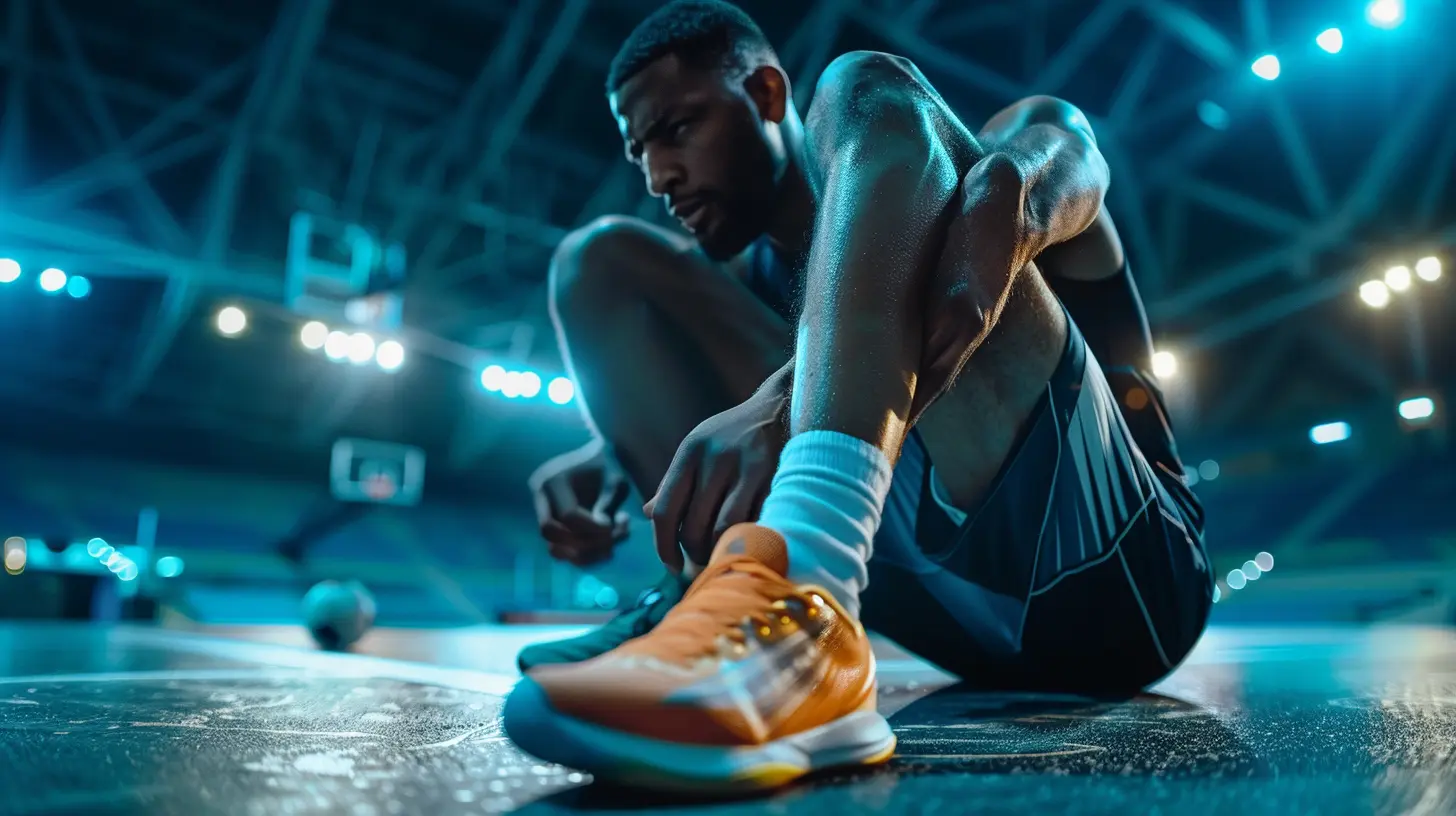
Why Does Mental Imagery Help Recovery?
So, what’s the science saying? A lot, actually. Research shows that mental imagery can:- Speed up muscle recall after surgery or injury
- Reduce muscle atrophy when you're immobilized
- Boost motivation and mental toughness during recovery
- Improve pain tolerance through mind-body relaxation techniques
- Enhance confidence when it's time to return to play
Let’s unpack what that actually means in real life.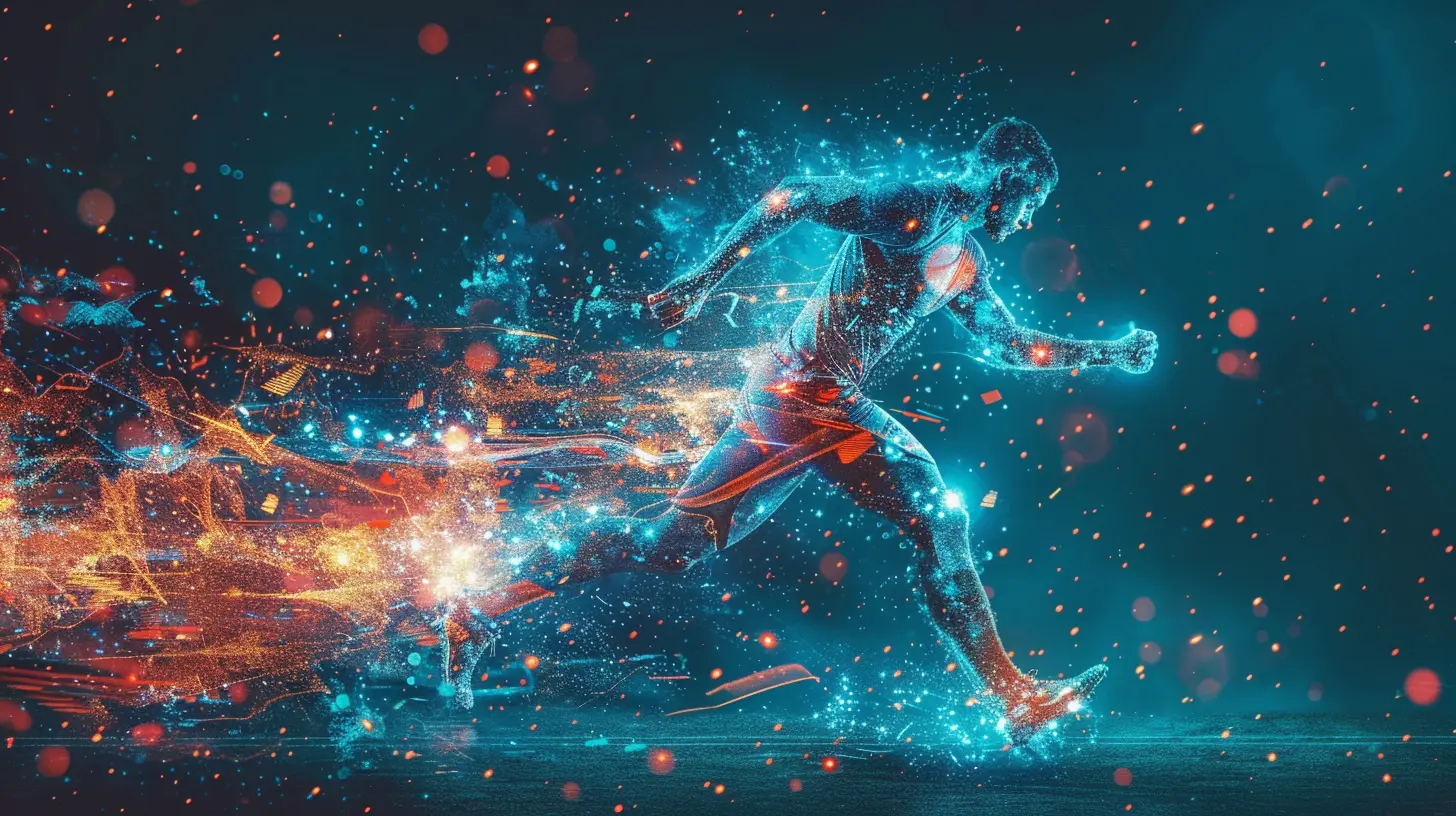
Improving Motor Skills During Downtime
When you get injured, one major concern is losing your coordination or strength. But mental imagery keeps those neural pathways active.Say you’re a basketball player recovering from knee surgery. You can literally close your eyes and imagine dribbling, jumping, and sinking free throws. The brain keeps practicing the sequences, prepping your body for the real thing when you're cleared physically.
It’s not just woo-woo thinking. Studies have shown that athletes who used mental imagery during rehab regained strength and movement faster than those who didn’t.
Keeping Muscles “Awake” Without Moving Them
Remember hearing the term “use it or lose it”? It applies in rehab too. Muscles can weaken fast during forced rest. But imaging movements activates the motor cortex, which helps reduce muscle atrophy.It’s like sending a "we’re still working!" memo to your muscles—even when you're benched.
Pain Tolerance and Relaxation
Pain is not just physical—it’s mental and emotional too. Visualization can help reduce the perception of pain by lowering stress and anxiety.Some athletes imagine their body healing, or visualize a warm light surrounding the injured area. Sounds a bit mystical? Maybe. But the results are often real. Reduced pain scores. Calmer mood. Even better sleep.
It’s similar to how guided meditation or mindfulness works—the mind influences how the body responds to discomfort.
Staying Mentally Tough and Motivated
Let’s not sugarcoat it: injury recovery is a mental battle. The frustration, the doubt, the boredom—it gets to you.Visualization can be a mood lifter. When you picture yourself training, achieving goals, or making a comeback, your brain releases endorphins—the feel-good chemicals linked to motivation.
It’s like giving your mindset a protein shake.
You’re not just sitting around counting the days. You’re mentally hustling—still focused, still hungry.
Rebuilding Confidence After Injury
Another underrated part of recovery? The fear.Fear of re-injury. Fear of loss of ability. Fear of not being good enough anymore. All of these can haunt an athlete returning from an injury.
Mental imagery helps rewire that mindset. When you visualize yourself successfully completing drills or playing at full strength, you begin to believe it.
Confidence is built through repetition—even imaginary repetition.
So, How Do You Do It? Here’s a Step-By-Step Guide
Okay, let’s get practical. How do you actually use mental imagery during recovery?1. Find Your Calm
Pick a quiet spot where you won’t be interrupted. Sit or lie down. Take a few deep breaths to relax your body.2. Set a Clear Intention
Decide what you want to visualize. It could be:- Performing a specific rehab exercise
- Playing your sport confidently
- Imagining your injury healing inside your body
- Feeling energetic and pain-free
3. Use All 5 Senses
The more vivid, the better. What do you see? Hear? Feel? Smell? Even taste?Get as detailed as possible. If you’re visualizing shooting hoops, feel the ball in your hand, hear the squeak of sneakers, smell the gym floor, and see the ball swish through the net.
4. Keep It Positive
Don’t dwell on mistakes or fears. Focus on perfect form, strong movements, and positive emotions.5. Repeat Consistently
Mental imagery works best with repetition. Just like training, you get better the more you do it. Aim for 10–15 minutes a day.Think of it as “PT for your brain.”
Mental Imagery + Physical Therapy = Power Combo
Here's the deal: imagery isn’t a replacement for physical rehab. But it’s a force multiplier.When combined with physical therapy, rest, nutrition, and other recovery protocols, imagery boosts your overall healing process. It keeps your mind aligned with your body’s goals.
Basically, when your body is on the bench, your mind becomes the MVP.
Real Athletes, Real Results
You might be wondering, “Do pros actually do this?" Absolutely.- Lindsey Vonn, Olympic skier, used mental imagery during recovery from multiple knee injuries. She credited visualization with helping her regain focus and confidence.
- Michael Jordan was big on mental rehearsal—even before injuries. He visualized his shots, moves, and game-winning plays down to the smallest details.
- Tiger Woods has used imagery and meditation to bounce back from both physical injuries and performance slumps.
They’re not just unicorns—they’re examples of how consistent mental work pays off.
Final Thoughts: The Mind Heals What It Believes
Here’s the truth: recovery isn’t just about joints and muscles. It’s about mindset, resilience, and belief.Mental imagery gives you a way to stay in control when everything feels out of your hands. It keeps your head in the game, your goals in sight, and your comeback on track.
So next time you're dealing with an injury, don’t just rest—rehearse it. Visualize it. Feel it.
Because healing isn’t only physical. It’s mental. And powerful.
all images in this post were generated using AI tools
Category:
Sports PsychologyAuthor:

Ruben McCloud
Discussion
rate this article
2 comments
Nala Hahn
Mental imagery can significantly enhance recovery and mental resilience for athletes.
June 15, 2025 at 10:40 AM

Ruben McCloud
Thank you for your insight! Indeed, mental imagery can play a crucial role in rebuilding confidence and promoting effective recovery for athletes.
Lyanna Hahn
Mental imagery is a powerful recovery tool for athletes. Visualizing healing and performance can enhance motivation and speed up the rehabilitation process, bridging the gap between mind and body.
June 12, 2025 at 2:49 AM

Ruben McCloud
Thank you for your insightful comment! I completely agree that mental imagery can significantly aid in recovery by fostering a strong mind-body connection, enhancing motivation, and accelerating rehabilitation.
